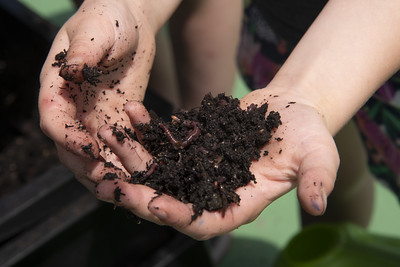
Vermicomposting
Students create a worm bin which will serve as a basis for investigations about ecosystems, life and nutrient cycles, and decomposition.
The National Agricultural Literacy Curriculum Matrix is a free database of standards-based lesson plans and resources for K-12 educators that use agriculture as a lens for teaching science, social studies, career and technical education, and nutrition.

Students create a worm bin which will serve as a basis for investigations about ecosystems, life and nutrient cycles, and decomposition.
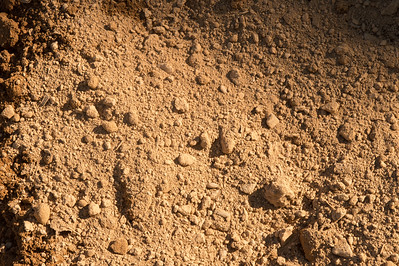
Students investigate soil texture and determine the texture of several soil samples.
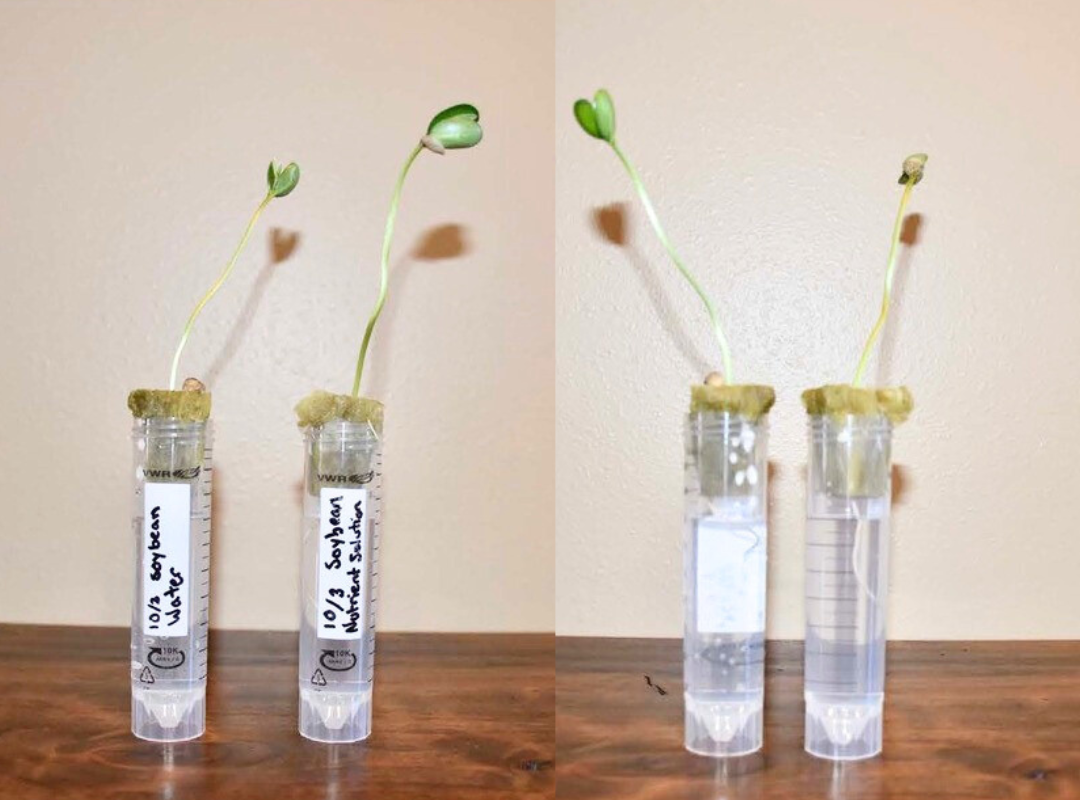
Investigate the importance of nutrients to support plant growth and discover how plants grow without soil by growing and observing plants in a test tube hydroponic system.

Students will understand how photoperiodism impacts plants and animals in the environment and learn how egg farms use this science to manage the laying of eggs by their hens.
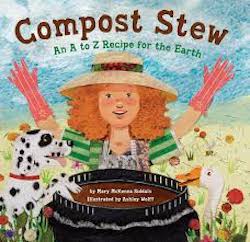
From apple cores to zinnia heads, readers will discover the best ingredients for a successful compost pile. How do you start a compost pile? What's safe to include? This book provides the answers.
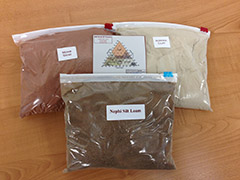
This is a great kit for teaching students about soil textures. The kit includes two cups of sand, two cups of silt, and two cups clay. All of the soil samples are from the state of Utah and are representative of the Intermountain Region, although the mineral content may be different, the particle sizes are true to soil texture type and can be used by other states for demonstration purposes. Order this kit online from agclassroomstore.com.
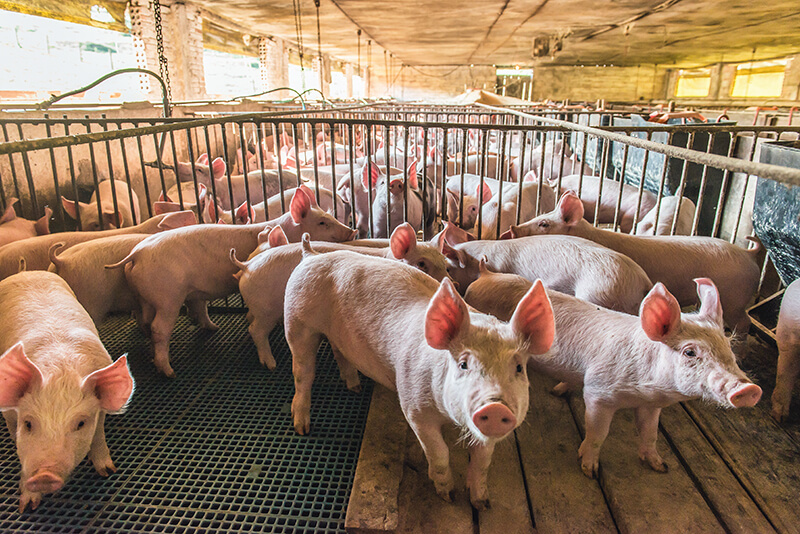
Students explore the basic needs of animals and create a model of a modern pig barn that will help farmers meet the needs of animals.

Students will use the Claim, Evidence, and Reasoning model to evaluate styles of housing used for hens that lay eggs. Using critical thinking skills, students will compare housing styles, determine which system meets their animal welfare standards, and engineer their own hen house model to meet the needs of laying hens. This lesson covers a socioscientific issue and aims to provide students with tools to evaluate science within the context of social and economic points of view.
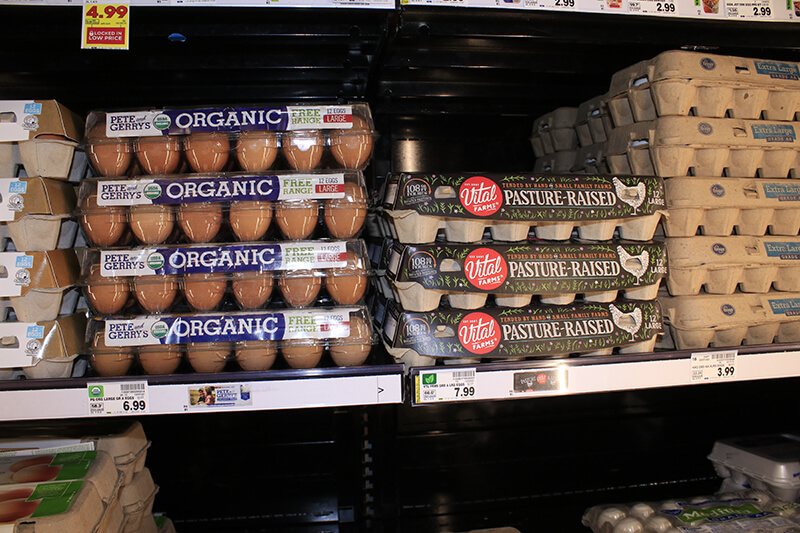
Students will apply a basic understanding of the laws of supply and demand, learn about different types of egg laying farms, and recognize the impact labeling has on consumer choices.
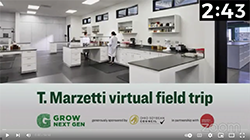
1-hour recorded field trip to the Marzetti Innovation Center in Columbus Ohio. Learn how soybean oil is used to create dressings, dips, sauces and bakery items for the T. Marzetti Company. The field trip highlights the science used to develop these products and introduces students to numerous careers in the food science industry.
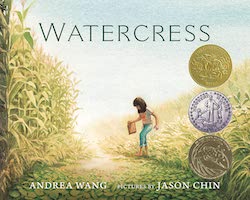
Driving through Ohio in an old Pontiac, a young girl's parents stop suddenly when they spot watercress growing wild in a ditch by the side of the road. Grabbing an old paper bag and some rusty scissors, the whole family wades into the muck to collect as much of the muddy, snail covered watercress as they can. At first, she's embarrassed. Why can't her family get food from the grocery store? But when her mother shares a story of her family's time in China, the girl learns to appreciate the fresh food they foraged. Together, they make a new memory of watercress.
Let us know if you have an idea you'd like to share for a new lesson plan or companion resource.
Download a CSV spreadsheet containing the vocabulary words used in the Curriculum Matrix.